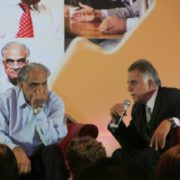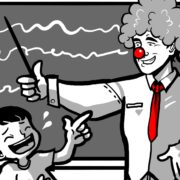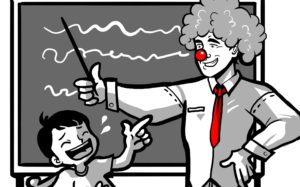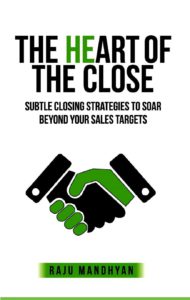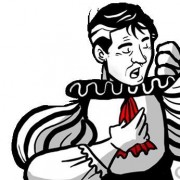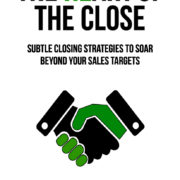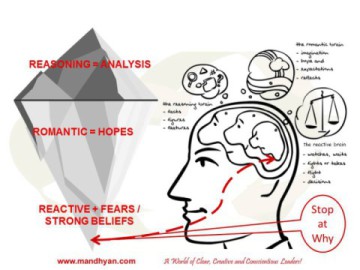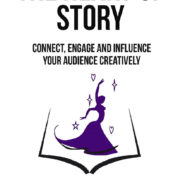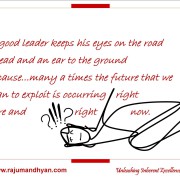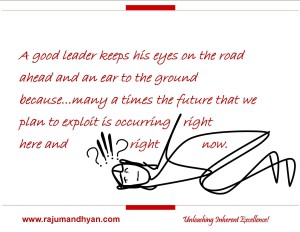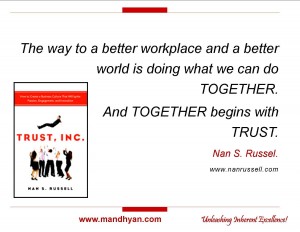What Your Customer Wants You to Know
In his book, What the Customer Wants You to Know, Professor Ram Charan shares the story of Unifi Inc., a textile maker in Greensboro, North Carolina. This is a company that rolled in serious trouble in the past caused by low-priced goods from China and India flooding the US markets. Professor Ram Charan writes about how the CEO of Unifi Inc. placed their Chief Information Officer in charge of sales.
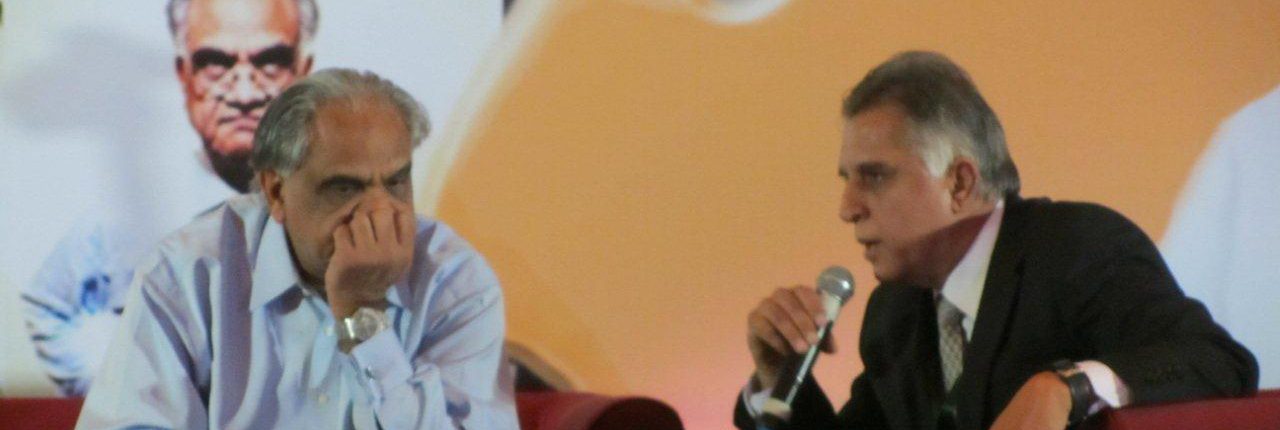
What Your Customer Wants You to Know
Instead of utilizing traditional methods to motivate and move sales, the CIO assembled his whole sales team and asked them not sell but to instead just focus on gathering maximum information about their customers. His sales team studied the business models of each of their former customers and their prospects to learn about their supply chain as well as the businesses of their customer’s customer. Day after day, the CIO pushed the sales team not sell but to learn, so they hit the road to learn everything, including the end users’ consumption habits of the textile they made. Unify Inc. represented, by their sales representatives, figured out how mothers, fathers and children perceived the fabrics and the goods made from fabrics they manufactured.
Professor Ram Charan claims the process was unusual and extremely frustrating for the seasoned business-to-business sales persons. They found it unproductive and tiresome. But after several weeks of information gathering and insight accumulation about the consumers and the end customers, business began to gradually pick up. The customers, dealers and other converters of their raw material were amazed by the unusual approach of the Unifi Inc. sales team and they eagerly offered insights and tips for changing the game. The learning held relevance across industries, business models and economies engaged in all kinds of textile and fabric. Information and insights into the customer’s business made up the art of giving value for the customer. Eventually, business picked up for Unify Inc. and they successfully got out of the red.
Find out what they do and how they do it. Find out how their business systems work–where and how their products and services reach their users. Discover the kind of corporate culture they have. How are decisions made? What type of internal communication is used? How is the company doing in terms of profitability and growth? How are they perceived by their customers?
Conduct this probing carefully and diligently. The more focus and time you give to this aspect, the easier it will be to pin-point your customers’ needs. Employ a combination of Research and Reflective questioning. Refrain from going, “I know exactly what you need.” Even if you reach this conclusion about what exactly your customer needs, wait until your customer is willing to see the solution you visualize in your mind’s eye.
Often times, the customers themselves try to blur the need because they don’t want to expose their needy, vulnerable side or show their concern about the change and investment they’ll need to make to resolve their needs. They could be exercising caution against revealing too much while you are searching deeply for details. Understand this dance and stay focused only on solving and serving rather than on selling at this stage.
Knowing deeply and thoroughly what your customer needs is more than half the journey to serving your customers delightfully.
Raju Mandhyan

